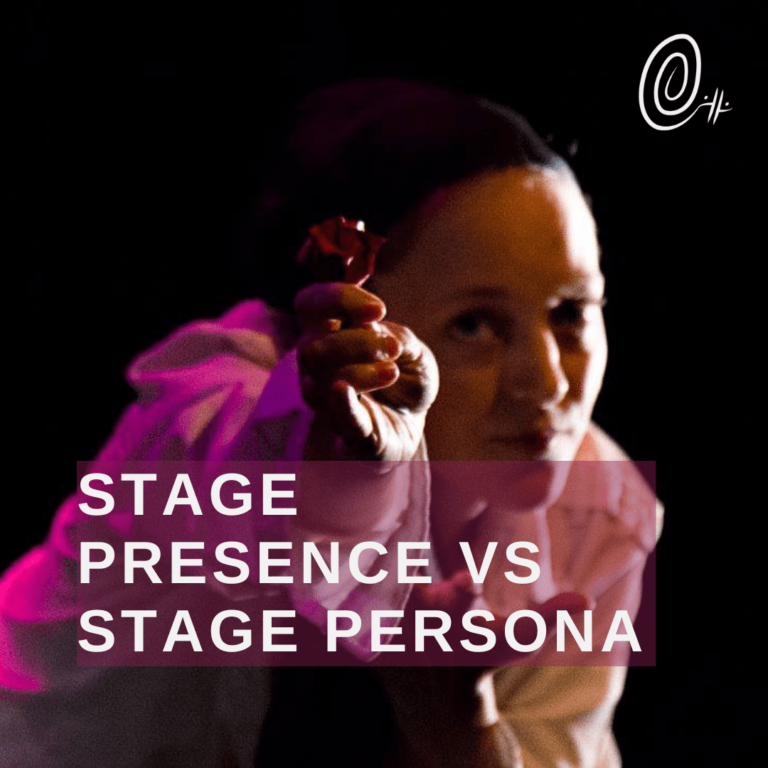The Secret to a Performing Arts Career
A performing arts career is not typically advised by your local high school guidance counsellor. They’re the sort of careers you expect parents to frown at, long dinners with extended family asking when you’ll get a real job.
Of course, that is all normative bull**** if you ask me. The truth is that a performing arts career can and should be as respectable as any career. The issue is simply that it’s not ‘mainstream,’ which means that you have to be a bit creative in putting things together and making ends meet.
This blog is all about how it actually works to have a performing arts career. It’s generally based on my experience, which is unusual as I’ve been in various countries. I’ve tried not to make it too country or context specific though, so I’m including things I’ve noticed along the way and what I see others doing.
In short, it’s actually a large field with a lot of possibilities inside. The general factors connecting the dots, however, are flexibility, versatility, creativity, hustling, networking, and balance (in so many ways).
Finding the Way: Working In and Around Your Field in a Performing Arts Career
One of the main tricks of working in the performing arts is finding the way to dedicate time to your craft and also pay the bills at the end of the month. Because as stated, it’s not ‘mainstream’ and somehow we’ve decided that if it’s not mainstream it’s not worth paying for.
However, that does not mean that you have to waitress by day and do your acting by night, like the girl in La La Land (I liked the movie but can’t remember a thing about the character, what does that tell you?). There are a lot of semi-adjacent jobs to the performing arts.
One hill that I will die on is the fact that performing arts education is valuable for all kinds of careers, and not just professional artists. The ability to collaborate, listen, identify ideas, respond quickly, iterate, and self-critique are baked into arts education. Sounds like something any company will find interesting, right? Exactly.
I have worked in a huge variety of jobs. I’ve assisted the director of an arts NGO, managed an office for a consulting group, taught community groups, modeled, worked at universities, appeared in social media content for everything from real estate to diet supplements, done newscasting for youtube, and much more. Never have I ever worked in retail or hospitality, and there is no need to assume that if you are an artist, that is the best option.
The one thing I insist upon, though, is working part time. In eleven years in the field, I have not had a full time job once, not since I worked at my mom’s bookstore in high school. I know that once it becomes full time, it overwhelms the balance.
This is what I mean by versatility and flexibility. Find those adjacent jobs and dip your toes in. But keep to the path, your craft. If it’s not exactly the majority of your time, it should still be the majority of your focus.
Nurture Your Networks: Collaboration is Key
One of the most common things I notice about the performing arts industry is that it gets very jealous. Because the market is not huge and there are fewer opportunities, people feel there is not enough to go around. They guard opportunities and resent others who grow larger.
This is not the way, my Mandalorian friends.
Jealousy doesn’t help you. In my experience, it’s best not to take any sides and to maintain networks and connection with as many people you can. You end up working with more people, which is more fun and interesting, and it can help you in tight spots.
This is especially true if you move around, but generally speaking networks are great even if you don’t. And this doesn’t just mean people who are doing what you do, though it’s good to be friendly with them. This is the whole network of adjacent fields. It is a lot easier to make a production if you know people who do lights, for example.
If that means going to a show that is clearly something you should have been part of but weren’t in order to support someone doing something similar, you should do that. It always pays off to be supportive.
Balance is a Dynamic Act: Stay Light
If you are a dancer, you know that balance isn’t a static thing. You have to make a thousand minute adjustments all the time. Somehow, though, we seem to expect that if you find balance in life, that’s it, you’re done.
Balance is a constant act, and it is rarely fifty-fifty. As a performing artist, you will make choices every day about work that you really want to do and work that you need to do. If you are very, very lucky those two will line up, though it’s rare. The point is, your decision each time will not be the same. The balance will not be the same.
In improv theater, especially if the audience is involved, anything could happen at any time, and the rule is, you have to roll with it. That’s true in the life of a performing artist, though you don’t have to say yes to everything (and indeed, saying no is one of the best lessons you will ever learn, trust me). You do need to balance it though, and paying close attention to what you want and what works, what you need and what you can do, that is absolutely necessary.
I’ve worked in the performing arts for close to eleven years now, and I have absolutely no regrets. It can be hard sometimes, and sometimes the balance you find is not satisfying. But it is one hundred percent worth it, and there is a way. Go forth and make art!







